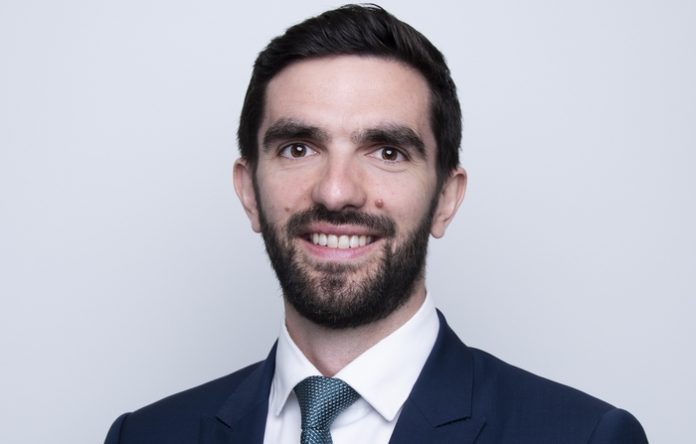New quarterly research from Cushman & Wakefield reveals that while Brexit trepidation is dampening overall investment volumes in UK commercial real estate (CRE), the UK is nonetheless attracting a new wave of foreign investors and the alternative sector is proving buoyant.
Alternatives now account for 37% of year-to-date investment volumes into UK CRE, making it the most active sector in the market. All other property types have seen their share of the investment market decrease in 2019, with the share of offices now at 33%.
Greg Mansell, Head of UK Research & Insight at Cushman & Wakefield, said: “This collection of specialist real estate, infrastructure and long-income deals has steadily grown its share of the investment market since the Global Financial Crisis. In the last few years, we have seen this trend accelerate as retail and office performance has weakened and we expect the appeal of alternatives to continue.”
Jason Winfield, Head of UK & Ireland Capital Markets at Cushman & Wakefield, said: “Investors like alternatives for different reasons. For some, the abundance of long leases is the appeal. For others, the high returns associated with operational responsibility is the draw. Tellingly, investors are willing to invest at scale when they find the right opportunity irrespective of the property type.”
While the alternatives sector is upbeat, total UK commercial real estate volumes amounted to £12 billion in Q2 2019, down 23% year-on-year. Cushman & Wakefield forecast £46 billion total investment volumes by year end.
“The decline in overall investment volumes is in part due to institutions decreasing their activity. A slowing UK economy and a fast-approaching Brexit deadline has made those already heavily invested in the UK more cautious. That said, private equity investors have been increasingly active as both buyers and sellers. As buyers, they had a 28% share of all investment in the second quarter – their largest share since 2008.” Added Winfield.
The three largest deals this quarter accounted for a third of all investment, the highest share since 2013, demonstrating the enduring appetite for big deals.
The main sources of foreign capital are also changing. Top investors from the United States, China and Hong Kong have either been net sellers or absent from the market in 2019. In their absence, other investors have stepped up. Persistent buying by French investors (£4 billion) over the last 12 months has launched the country back into the top 10 rankings for net investment into the UK since 2006. Investors from South Korea (£0.9 billion) and Israel (£1 billion) have also been buying in large volumes. Both countries are now top 20 net investors into the UK, displacing traditional European sources like the Netherlands.
Average net initial yields were 5.6% for transactions this quarter, up 15bps on Q2 2018. Strong appetite for long-income assets continued to drive yields for these assets down to the 4.0-4.5% range. With further declines in government and corporate bond yields expected this quarter, Cushman & Wakefield anticipates the demand for long-income portfolios to continue. Furthermore, the growth in ground rents and income strip deals is also set to persist.
Mansell said: “Lower economic growth and higher credit risk are applying upward pressure to real estate yields. However, government and corporate bonds fell this quarter, allowing spreads to increase without making a material impact to real estate yield levels. Overall, real estate pricing is proving steady.”

















